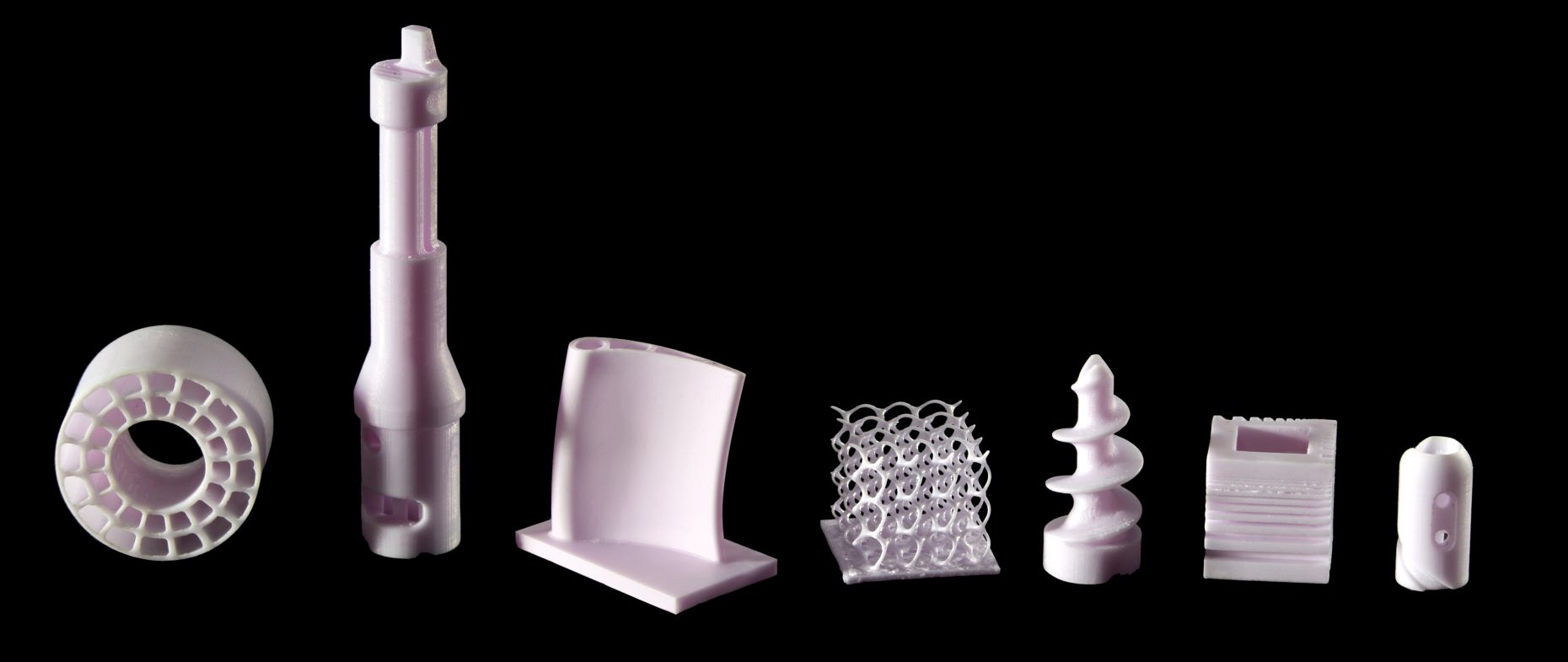addmanu
The addmanu lead project funded by the BMVIT dealt with strengthening the Austrian value chains for generative manufacturing in industrial production.
An international European aerospace company, twelve Austrian industrial enterprises, three national research facilities and two technical universities were involved in the project. The research project ran from Mai 2015 until April 2018. The addmanu lead project addresses innovative applications of generative manufacturing in the automotive and mechanical engineering sector, power engineering, electronic engineering or aviation.
The lead project dealt with main research questions around the industrial use of technologies which are summarised as 3D printing in the current language. Generative or additive manufacturing primarily means production processes to build finished products in layers, usually from a material such as powder, filament (such as strips, wires), liquid or pastes, under the influence of laser light or thermal energy.
To make these technologies fit for industrial application, addmanu dealt with the exploration of special materials for generative manufacturing. The focus was on the modification of metal powders, the development of hybrid materials (novel material combinations), ceramics or the development of tailored polymer materials.
There is hardly another technology where the features of the manufactured component depend that much on the interaction between the material, the production process and the system technology. This is why addmanu explored the development of process innovations and system development for generative manufacturing.
The defining feature of generative manufacturing is that completely new freedom is offered with respect to the design of components. The addmanu project addressed questions also in this field, and assesses in detail the construction and the design of trend-setting products.
Since generative manufacturing is still hardly implemented in the industrial practice today, the questions of process integration, quality assessment and the corresponding business model form cross-cutting issues which were also addressed in the project.

